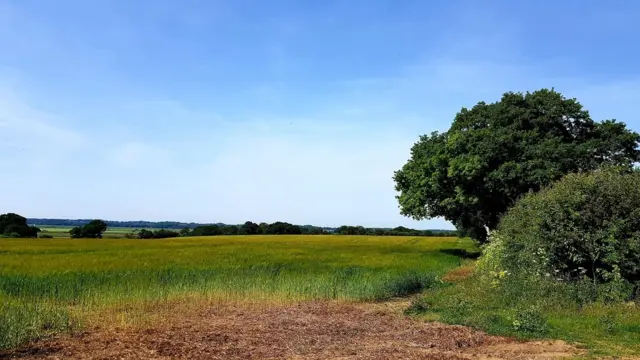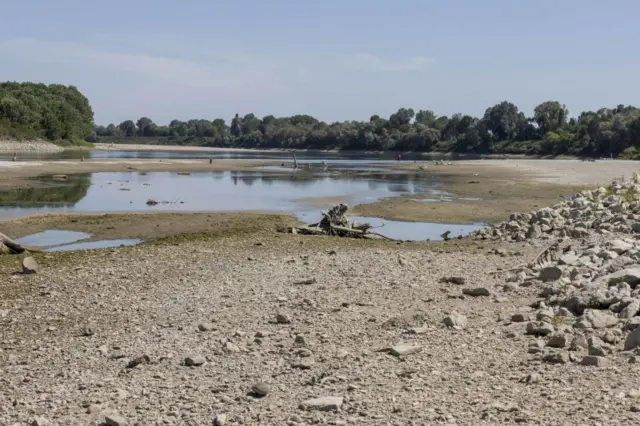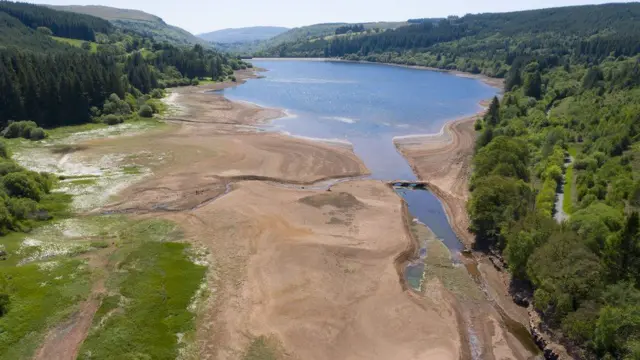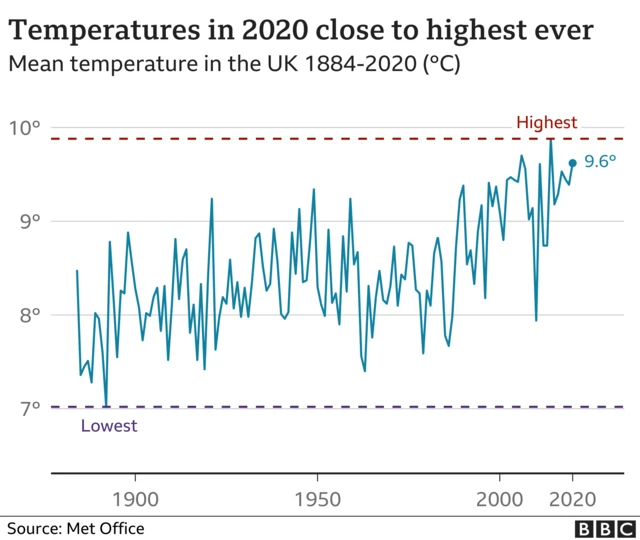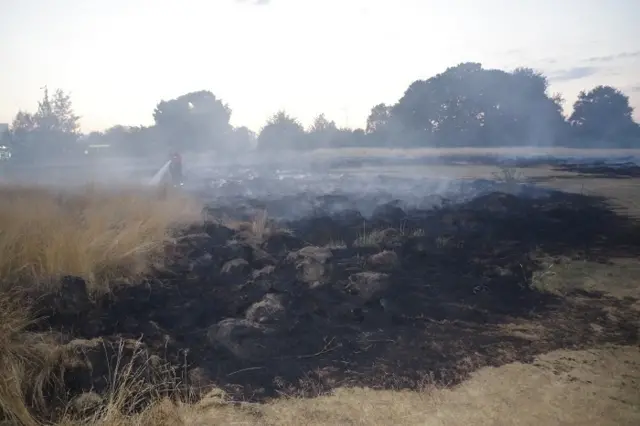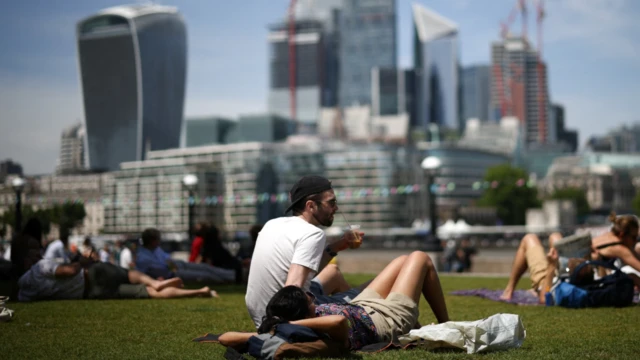Extreme weather more common due to heating climatepublished at 12:10 BST 17 June 2022
Chris Fawkes
BBC Weather presenter
If temperatures do reach 33C later today, then it would indeed be a hot summer day.
However, we have seen similar June temperatures in four out of the five last years.
If temperatures were to reach 34C, then that becomes more unusual.
Temperatures have only reached or exceeded 34C in five years of recorded UK figures; 1947, 1957, 1976 and more recently in both 2017 and 2019.
It is expected that such extreme temperatures will become more common as a result of our heating climate.
 Image source, .
Image source, .

